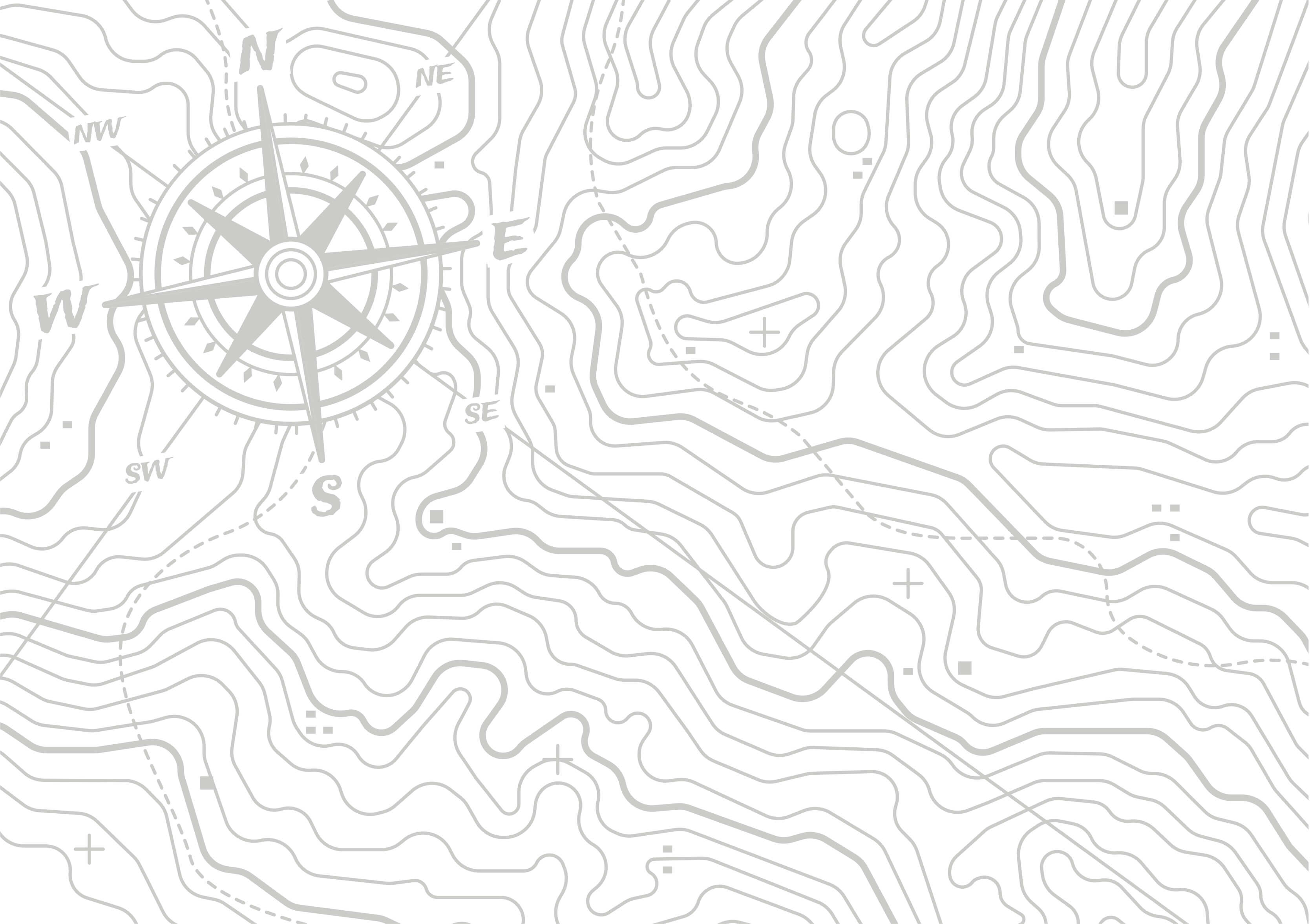Learning experience designers have to wear a lot of hats. In the world of digital learning experience design, there are two that we think are critical: storyteller, and cartographer.
The Learner is Your Hero
If you analyze any epic story, you’ll realize that they all have something in common:
- there’s a hero
- something happens to the hero
- and they need to embark on a journey to fix whatever the problem is
Along the way, they run into:
- challenges they face
- friends who help them
In the context of a digital learning journey, there’s usually a moment of need or a challenge that has brought the learner to your course. In a digital learning experience, you as the designer are the friend who needs to help them.
At the start of their hero’s journey, they may be either unsure of themselves, or the opposite, over-confident. As they’re tested along the way, they fail, they overcome, and they get stronger. When they return home from their journey, they find that they have changed in fundamental ways — they’ve gained new skills, or found wisdom. Which is exactly what you want for your learners at the end of their program, to have found new skills and changed their behavior! So design tasks throughout the journey, which when complete, will help your learner practice skills and gain insights that help them change their behavior on the job. Here’s how:
Think like a writer
Think of a story with a “hero’s journey” in it that you have read and enjoyed, and put yourself in the writer’s shoes for a moment. How hard they must have worked to plot all the details, twists, and turns of the story, even before they put pen to paper for their first draft!
That’s what you have to do when you design a learning journey too – think through all the tasks your learner will have to perform, and then think about all the ways you’ll need to support them through that journey.
Now as a reader, you are probably okay with being kept in the dark about what’s coming because...spoilers! But as a learner, before you invest your time and attention, you need to know what’s coming. This is where being a cartographer comes in.
Map It Out
Build a map of the learning journey you’re expecting your learners to take, and share it with them right up front. That way, they’ll think of you as a trusted guide they can follow through the course, and reach out to for help with their challenges.
Cartography, from a learning design perspective, includes a clear path through an online experience, as well as things like:
- Course communications to keep bringing the learner back to the learning experience
- Clarified expectations and success criteria to help them stay on track
- Moderation and coaching activities to support the learner at critical learning stages.
Mapping out how learners move through a learning experience will help you identify areas where they will need support and then develop processes to support them.
We’ve designed a few learning journey templates you can download to get yourself started on your writer/cartographer path.
A learner’s journey throughout your course is important. If they run into a block and feel unsupported, it increases the likelihood they won’t return to finish their journey or take away real behavior change and skill acquisition. The more you think of the learner’s journey like a writer and a cartographer, the better prepared you will be to support your learners at every turn of their journey.
false LOREM IPSUM TITLE



 Previous
Previous
